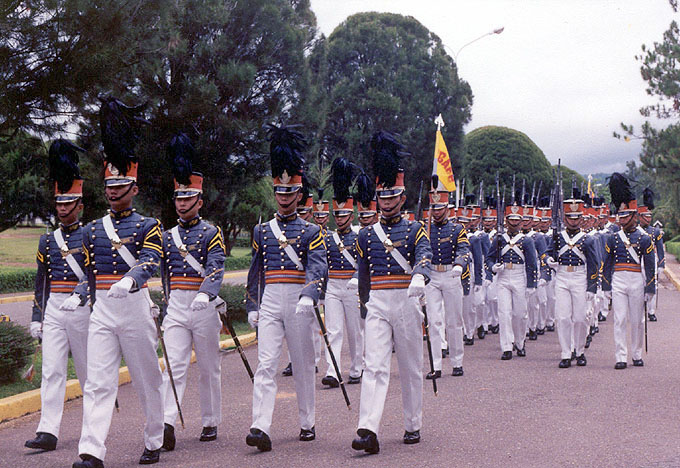Introducing the City of Pines
BAGUIO
BAGUIO is a highly urbanized city in the northern part of the Philippines. It is also known as the Summer Capital of the Philippines. It is geographically located within Benguet, serving as the provincial capital from 1901 to 1916, but has since been administered independently from the province following its conversion into a chartered city. The city has become the center of business, commerce, and education in northern Luzon, as well as the regional center of the Cordillera Administrative Region. According to the 2015 census, Baguio has a population of 345,366.
Baguio was established as a hill station by the Americans in the 1900s at the site of an Ibaloi village known as Kafagway. It was the United States' only hill station in Asia. The name of the city is derived from bagiw, the Ibaloi word for "moss". The city is situated at an altitude of approximately 1,540 meters (5,050 feet) in the Luzon tropical pine forests ecoregion conducive for the growth of mossy plants and orchids.

Burnham Park
Designed by and named after premier American architect and urban planner, Daniel Hudson Burnham, who also designed the original plan for Baguio City. Burnham Park remains, to this day, one of the Philippines' most well known and best-loved parks.

Strawberry
Strawberry picking at the Strawberry Farm in the nearby La Trinidad, Benguet. This is a unique experience for the whole family, you get to pick fresh strawberries -- right alongside the Ibaloi farmers -- to bring home or consume while on vacation in the Summer Capital of the Philippines.

Baguio Cathedral
The majestic church is located on top of a hill in the heart of the city. It is one of the more familiar icons and most visited landmarks of the city. Its beautiful rose-colored structure is distinguished from other churches in the Philippines by its twin spires.

Philippine Military Academy
The Philippine Military Academy is the Philippine military school of the Armed Forces of the Philippines. PMA was established on December 21, 1936 by the virtue of Commonwealth Act No. 1 or the National Defense Act.
Source: http://www.gobaguio.com/attractions.html#.V_yj0vSWzDd
Panagbenga Festival



The Panagbenga Festival is a month-long annual flower festival occurring in Baguio. The term is of Malayo-Polynesian origin, meaning "season of blooming".The festival, held during the month of February, was created as a tribute to the city's flowers and as a way to rise up from the devastation of the 1990 Luzon earthquake.The festival includes floats that are covered mostly with flowers unlike those used in Pasadena's Rose Parade. The festival also includes street dancing, presented by dancers clad in flower-inspired costumes, that is inspired by the Bendian, an Ibaloi dance of celebration that came from the Cordillera region.
Tourist Attractions

SESSION ROAD
 Session Rd, Baguio, Benguet, Philippines
Session Rd, Baguio, Benguet, Philippines
Is where you will find department stores, bazaars, boutiques, old movie theaters, hotels, cafes and restaurants, bakeries and grocery stores. In this area you will find majority of the banks, drugstores, bookstores, news stands and various offices.

CAMP JOHN HAY
 Camp John Hay, Baguio, Benguet, Philippines
Camp John Hay, Baguio, Benguet, Philippines
This camp was designed for the exclusive use of the US Military and Department of Defense in the Far East. This U.S. base, named after U.S. President Theodore Roosevelt's Secretary of State, was used by the Japanese as a concentration camp for American and British soldiers during WWII.

THE MANSION
 The Mansion, Romulo Dr, Baguio, Benguet, Philippines
The Mansion, Romulo Dr, Baguio, Benguet, Philippines
Is the official summer residence of the President of the Philippines. It is situated around 5,000 feet asl in the Cordillera Central Range of northern Luzon

BAGUIO BOTALICAL GARDEN
 Leonard Wood Rd, Baguio, Benguet, Philippines
Leonard Wood Rd, Baguio, Benguet, Philippines
Is a beautiful bronze sculpture made by the famous Filipino artist Ben-Hur Villanueva depicting the original builders of the city, composed of Cordillera natives, Americans, Chinese and Japanese working together.

KENNON ROAD
 Kennon Rd, Philippines
Kennon Rd, Philippines
Is a roadway in Benguet province in the Philippines connecting the mountain city of Baguio to the lowland towns of Rosario and Pugo in La Union province. The project was begun in 1903 and opened for travel on January 29, 1905

BELL CHURCH
 57 Session Rd, Baguio, 2602 Benguet, Philippines
57 Session Rd, Baguio, 2602 Benguet, Philippines
Is located north of the city along the road leading to the capital town of La Trinidad, Benguet. Within its compound are intricately designed arches and buildings adorned with flags, bells and dragons. It has a pagoda, and landscaped gardens. There are some Buddhist artifacts to be found there, as well as some literature about the history of China.
